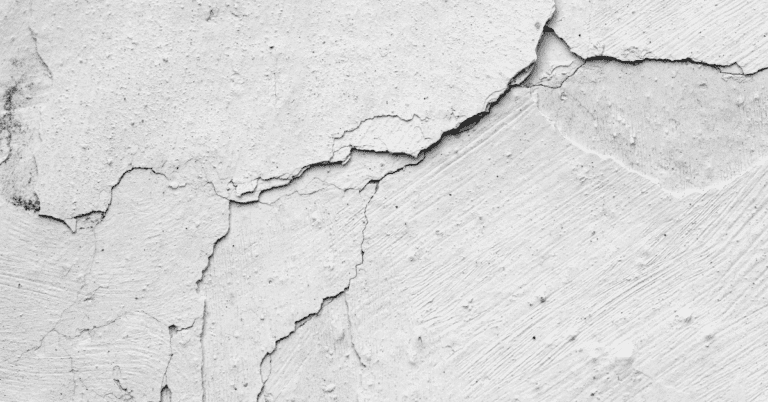Stucco is a versatile construction material used in homes for its decorative and functional properties. Made of aggregates, a binder, and water, stucco is applied wet and hardens into a dense solid, making it ideal for coating walls, ceilings, and exterior surfaces.
Over time, old stucco can show signs of wear and damage, such as cracking and discoloration. In this article, we will explore the topic of repairing old stucco and provide homeowners with valuable tips and information.
What are the common signs of old stucco needing repairs?
Old stucco can develop various signs of damage that indicate the need for repairs. The most common indicators include cracking and discoloration. When inspecting your home’s stucco siding, keep an eye out for heavy staining and thin cracks. These signs often suggest underlying issues with the foundation or slab, damaged or improper framing, soil movement like slope creep, expansive soils, earthquakes or settling that require attention to prevent further damage. If you notice cracking and discoloration, these might be among the 5 Signs Your Stucco Needs Repairs you should look out for.
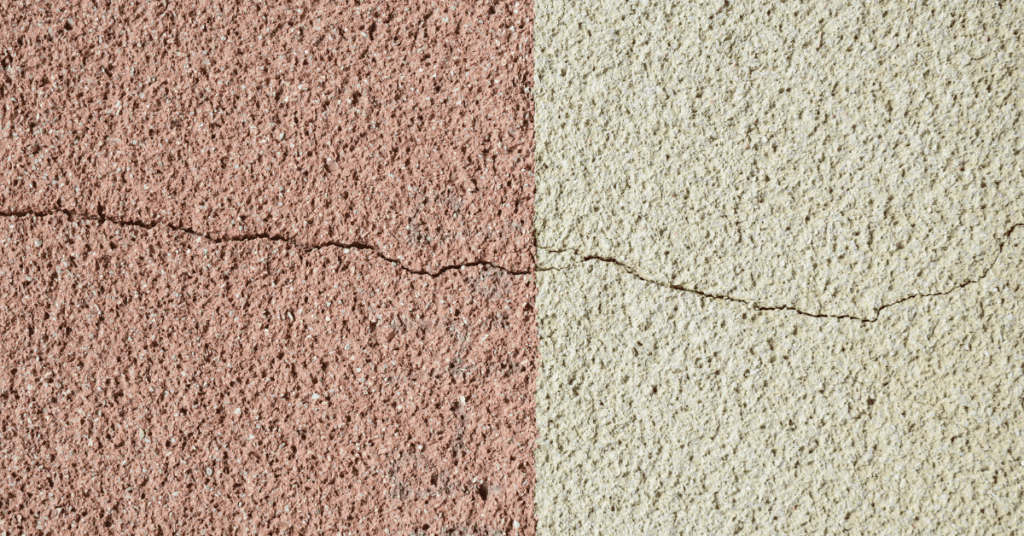
What are the benefits of repairing old stucco?
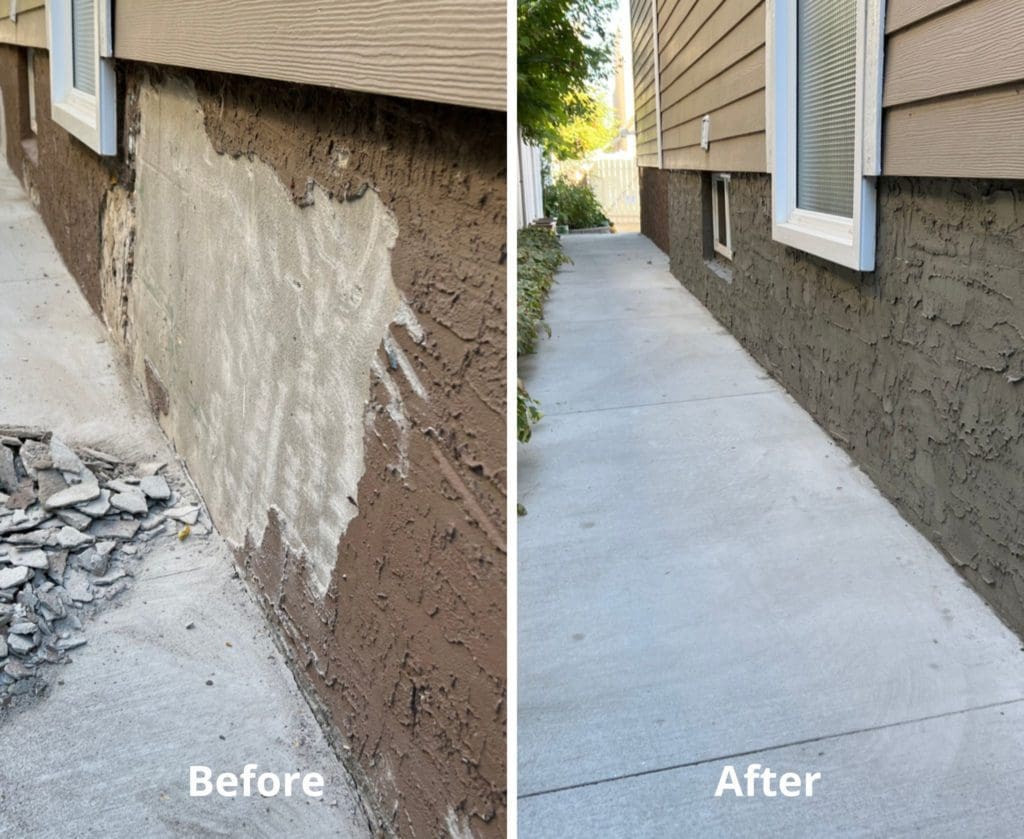
Repairing old stucco offers several benefits for homeowners. Firstly, it is a temporary fix for minor damage, preventing further deterioration and extending the lifespan of the stucco.
Repairing small cracks and stains can also improve the overall appearance of your home, enhancing its curb appeal. However, for more significant issues or extensive damage, stucco remediation may be necessary. This involves a complete reinstallation of the stucco to address underlying problems and ensure a long-lasting solution.
While repairing old stucco can enhance your home’s curb appeal, considering a fresh coat of paint can also add to its charm. Find out How Often Should I Paint My House and Why? for optimal maintenance.”
What are the steps professionals take to repair old stucco?
Restoring old stucco to its former glory is an intricate process that requires professional expertise and a meticulous approach. The following are the essential stages undertaken by specialists during stucco repair:
1. Extraction of Damaged Stucco
Restoration begins with a detailed examination of the stucco surface and the careful removal of any compromised or loose sections. This initial step clears the way for the forthcoming repair work and ensures a well-prepared surface.
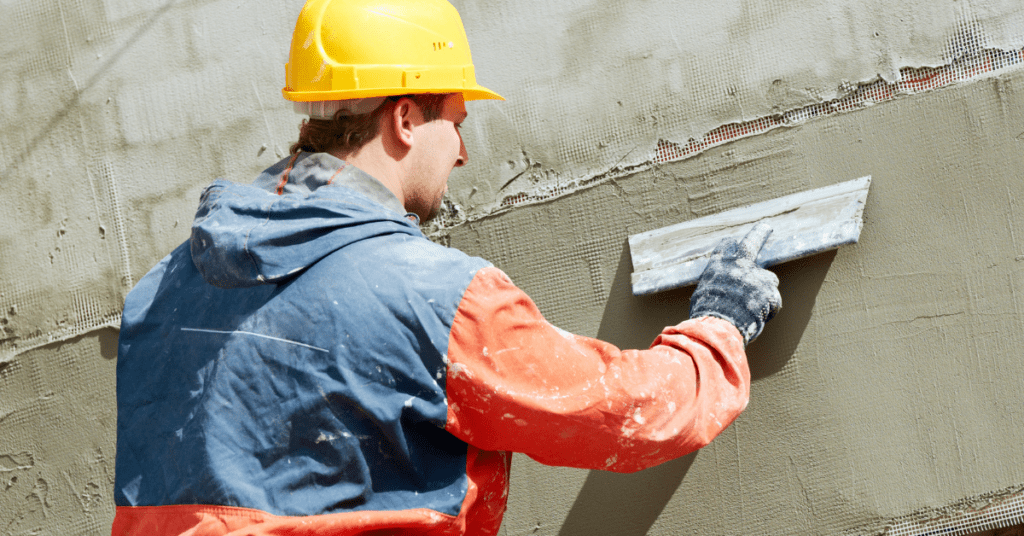
2. Reinforcement with Metal Lath or Mesh
Following the removal of the damaged stucco, a metal lath or mesh is professionally installed to reinforce the structure, strengthening and stabilizing the subsequent application of new stucco.
3. Application of the Initial Stucco Layer
Once reinforcement is in place, a first layer of stucco—termed the “scratch coat”—is expertly applied over the metal lath or mesh. This foundational layer provides a robust base for the subsequent layers.
4. Application of the Second Stucco Layer
After allowing the scratch coat ample time to cure, a second layer is applied. This step adds thickness to the stucco and ensures a smooth finish. Professional craftsmen take great care to feather the edges of the second coat, integrating it seamlessly with the surrounding existing stucco.
5. Final Stucco Layer and Texturizing
The third and final layer, or the “finish coat”, allows for the incorporation of texture and style to match the existing stucco. Professionals employ various techniques, such as troweling or stippling, to achieve the desired aesthetic effect. If you’re thinking of adding more texture or style to your home’s facade, another consideration could be Exterior Painting: How to Add Curb Appeal to Your Home.
6. Optional Painting
In some cases, clients may choose to have the newly repaired stucco painted, either to alter its color or to enhance its appearance. However, this step is not always necessary, particularly if the repaired area harmonizes well with the existing stucco. When choosing to paint the newly repaired stucco, make sure to understand The Different Types of Interior Paint to pick the right one for your exterior.
The above process underscores the complexity involved in stucco repair and highlights the need for professional input to ensure a successful, long-lasting restoration.
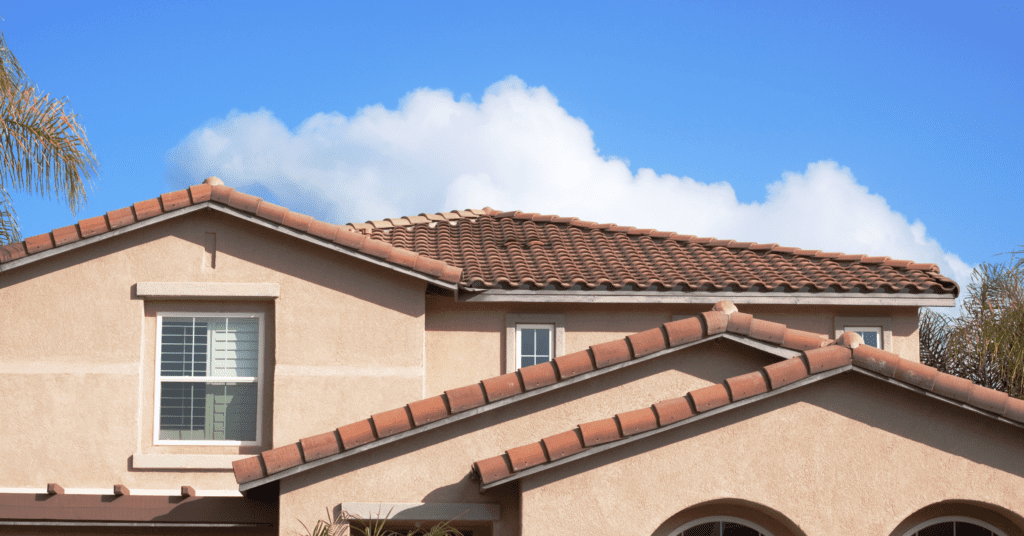
In conclusion, repairing old stucco is a crucial undertaking for homeowners looking to maintain the integrity and appearance of their homes. It is beneficial in knowing the common signs of stucco in need of repairs include cracking and discoloration, benefits of repairing old stucco and steps taken to repair it. By addressing these problems promptly, homeowners can prevent further deterioration and extend the lifespan of their stucco. To achieve the best results and ensure the longevity of the repair, it is advisable to consult professional stucco repair experts who can provide expert advice and skillful craftsmanship in restoring the stucco to its former glory. For those who might be debating between stucco solutions, it might be helpful to read about the pros and cons of Repair vs. Replace Stucco to make an informed decision.
Whether your home is nestled in the heart of Maple Ridge, overlooks the scenic landscapes in Langley, or sits prominently in Richmond, our dedicated team of professionals is ready to bring your stucco back to life. Residents from New Westminster to West Vancouver and from North Vancouver to Port Coquitlam have entrusted their homes to our skilled hands. Don’t let your stucco issues linger; whether you’re in Coquitlam, Port Moody, Surrey, Burnaby, or even the bustling city of Vancouver, our expert painters are just a call away. Revive your home’s façade today with the best in the business!

